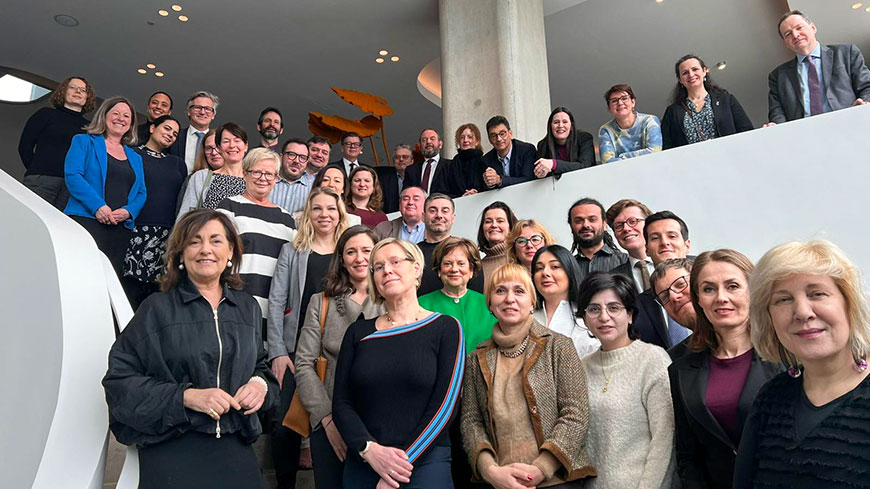“Effective and independent national human rights structures are guardians of human rights at the national level in the member states and key partners for me. They play a crucial role in the prevention, mitigation, and oversight of the human rights impacts of AI systems”, said the Commissioner at the occasion of an exchange of views with national human rights structures of Council of Europe member states organised by her Office in Amsterdam, the Netherlands.
“Technology is part of the world we live in and part of nearly every aspect of our lives. This phenomenon is constantly growing, and AI will only become more complex and sophisticated in the coming years. The design, development and deployment of AI systems significantly impact our living environments and the way we exercise human rights, posing threats among others to our privacy, equality, and access to justice. AI may be complicated, but member states’ core obligation remains straightforward: they must ensure that people’s human rights are safeguarded throughout these innovation processes. Given their mandate to monitor the protection and enforcement by member states of the rights enshrined in the European Convention on Human Rights, national human rights structures play an essential part in ensuring that this responsibility is met, including wherever AI is involved.”
Participants underlined the need for more comprehensive and human rights-based approaches to the use of AI and stressed important challenges in terms of transparency and access to information about the use of automated decision-making systems, including in public administrations.
“There still is an untapped potential for AI design, development and deployment that is incentivised by value-based objectives such as exposing and addressing existing prejudice and bias, boosting public participation, and amplifying the voices of those usually unheard” said the Commissioner at the end of the event. “National human rights structures and their European networks such as ENNHRI and EQUINET have taken commendable initiatives to increase their capacities to tackle human rights issues arising from the use of AI systems and to raise public awareness on the potential and risks of AI for human rights. It is crucial that they be involved in all processes related to AI and its regulation, particularly when it comes to the enforcement and supervision of standards at national level. AI design, development and deployment must be supervised through one or more authorities that are fully independent, adequately resourced, and mandated to handle, investigate, and monitor human rights-related complaints. They should also be required to cooperate closely with other independent institutions, notably national human rights structures.”
On 30 – 31 March, 2023, the Commissioner met with 30 heads and senior representatives of national human rights institutions, equality bodies and Ombudsman institutions of Council of Europe member states to discuss their experiences and the challenges and promising practices with respect to the implementation of her 2019 Recommendation ‘Unboxing AI – 10 steps to protect human rights’. A report with recommendations from the Commissioner for Human Rights on how to move toward the more effective enforcement of human rights standards in relation to AI design, development, and deployment is forthcoming.



